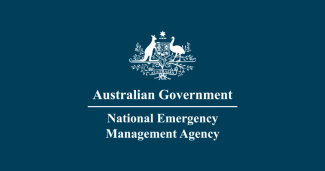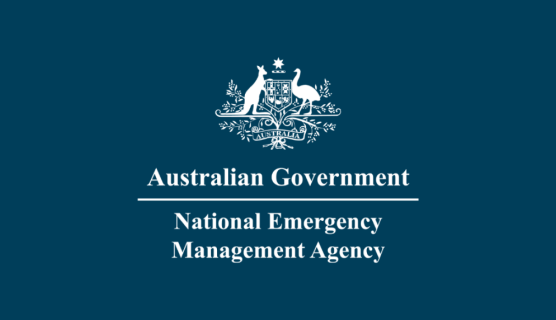The Australian Government is reminding Australians to plan and prepare for an increased risk of fire across large parts of the country this summer.
The Seasonal Bushfire Outlook for Summer 2024 released by the National Council for Fire and Emergency Services (AFAC) using the collective expertise of fire services across Australia and the Bureau of Meteorology, has identified an increased risk of fire in large parts of the country including:
- Victoria: Western Districts and Mallee regions, portions of the northeast and the Mornington Peninsula,
- South Australia: The southeast corner of South Australia bordering Victoria, as well as Mount Lofty Ranges, parts of the Fleurieu and Eyre Peninsulas
- New South Wales: Parts of the central north and southwest
- Northern Territory: Areas of the territory including the Barkley, Central Desert
- West Australia: Sections of southern and mid-west Western Australia.

While other parts of Australia indicate normal risks of fire over summer, we continue to urge communities across the country across the country prepare as dangerous and deadly fires can still occur during average and below-average seasons.
Summer is traditionally the period with higher risk of severe to catastrophic natural hazards that can result in disasters, including severe thunderstorms, flooding, heatwaves, bushfires and tropical cyclones.
The Bureau of Meteorology outlook indicates increased rainfall for parts of eastern Australia and scattered parts of the west; increased chance of unusually high rainfall for parts of far northern and central Queensland; warmer than average days and nights across much of Australia; unusually high minimum temperatures for much of northern and eastern Australia; and an average cyclone season.
Quotes attributable to Minister for Emergency Management Jenny McAllister
“As we head into summer and start thinking about the holidays, it’s important to plan ahead for emergencies. Take the time to prepare your homes for the types of hazards you could face, and ensure you’re ready to act, should a disaster strike.
“The Australian Government has been working with all levels of government, to prepare for the High-Risk Weather Season. For the first time, state and territories will have access to three federally funded heavy lift and multi-use helicopters and one Large Air Tanker to supplement the existing fleets and an increased National Emergency Management Stockpile.
“There are many things you can do to prepare for one type of hazard that works for others. Writing a family emergency plan or cleaning up around your home is something that’s equally valuable for fire, storm or cyclone.
"This summer, as many head off on holidays or to see family, it’s important to understand the local risks and stay up to date with emergency information from local authorities.”
Quotes attributable to National Emergency Management Agency (NEMA) Deputy Coordinator General Joe Buffone
“As a nation we are more prepared than ever - NEMA has been working hard all-year-round to ensure we are as prepared as possible to manage the impacts of severe weather events this season and support communities that may be impacted.
“While states and territories have primary responsibility for responding to disasters, preparedness is a shared responsibility. The Australian Government and NEMA have been leading national coordination initiatives, briefing over 2500 agency and industry leads. The release of the summer fire outlook is a timely reminder for all Australians to get ready for natural hazards.”
Additional background information
The AFAC Summer Bushfire Outlook identifies a heightened risk of fire in parts of Australia observing:
- Below average soil moisture across much of southern and eastern Australia, and increased fuels loads.
- Mean temperatures of April to October were third highest on record since 1910, with western WA and small areas of inland SA and Queensland recording highest on record mean temperatures.
- Both maximum and minimum temperatures during December to February are very likely to be above average in most state and territories.
Preparedness activities at the national level since the last Higher Risk Weather Season have included:
- Committing an additional $35 million over the next two years to the National Aerial Firefighting Centre (NAFC) to include the delivery of two Blackhawk and a Sikorsky S-61N helicopters as well as a National Large Air Tanker (C-130 Hercules) that can respond to a wider range of emergencies.
- Enhancing the National Emergency Management Stockpile to include three large emergency generators to support emergency response when the grid goes down, and a sixth Humanihut camp to ensure full shelter capability in disaster impacted area. The NEMS Panel has also been expanded so states and territories can get emergency supplies and services quickly and at agreed prices.
- Delivering a national preparedness program to key stakeholders to inform national planning and preparedness and reduce potential harm to the community.
- The opening of Disaster Relief Australia’s National Operations Centre, through funding support from the Australian Government.


